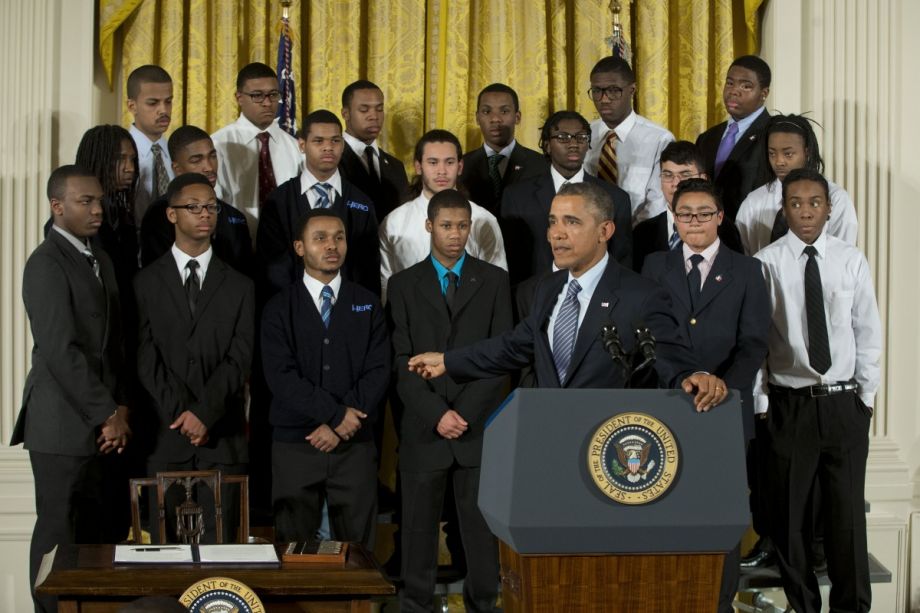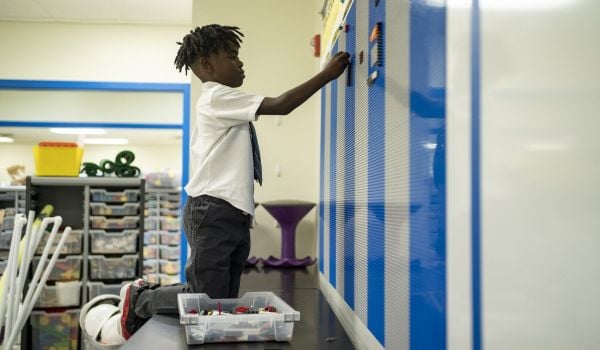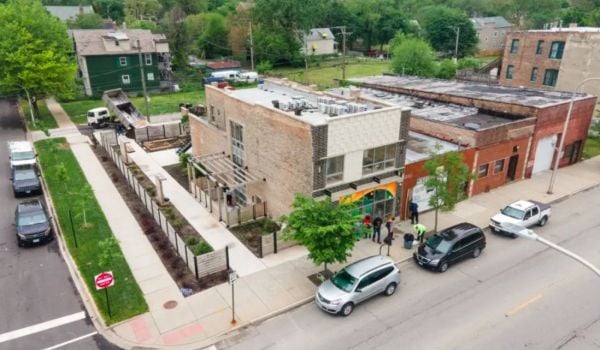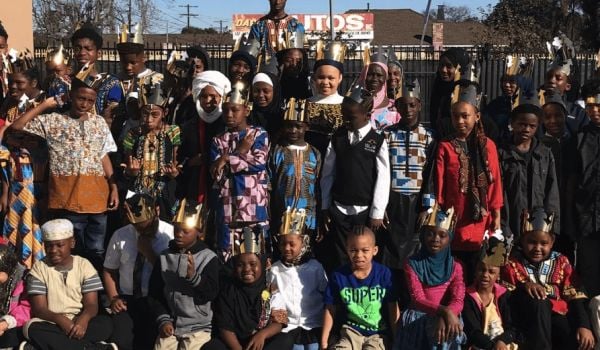Recently, I spent a Saturday morning in a mentoring conversation affiliated with the Obama administration’s My Brother’s Keeper Initiative. Exactly how it was affiliated, I’m still not sure. So many charities, corporations, community-based organizations and city mayors have thrown their support behind the President (just this week, Philadelphia Mayor Michael Nutter and New Orleans Mayor Mitch Landrieu mentioned My Brother’s Keeper in their comment on the shooting of Mike Brown in Ferguson, Mo.), we need a family tree at this point just to see how it all connects.
After waiting unsuccessfully for the room to fill up, our facilitators opened with an enthusiastic sermon sprinkled with Mos Def rhymes from 1999 and punctuated with a bristling announcement that if we’d come for any reason other than to talk about African-American males we were free to take our leave. No hard feelings. No bad blood.
Since President Obama introduced the initiative this past winter, My Brother’s Keeper has been applauded and embraced by a diverse cross-section of people and institutions. Its shortcomings have also been on display. In June, more than 1,000 women of color signed a petition stressing their concern that the “crisis facing boys should not come at the expense of addressing the stunted opportunities for girls … ” Last month, Columbia law professor Kimberle Williams Crenshaw raised a similar concern in a New York Times op-ed. And, as my facilitator’s message revealed, there are camps within the “boys only” movement who worry that the “of color” tag will water down the racial issues at the heart of the initiative. For this faction, the situation is too serious, the moment is too precious and the money is too modest to risk mission creep.
I had to respect the line our facilitator drew in the sand. He knew why he was doing this work, and he wasn’t going to soft-shoe his goals into a Kumbaya campaign just to make me or anyone else feel comfortable. Frankly, I’m less passionate about the initiative than I think I should be. I’m a black man. I’ve worked with young black men for the past 15 years. I should be excited about the attention being given to this issue. Yet, I’m not.
On one hand, I look at the five-year program, with its $200 million investment pledged so far, and I sort of shrug. Carmelo Anthony’s recent deal with the Knicks gives him access to upfront cash totaling $62 million. With endorsements, he’ll easily top the $200 million mark in the next five years.
On another hand, I’m just not clear what the goals of this initiative are, who is involved, what they’re doing, and what qualifies them to do it. I’ve done my due diligence. Read the White House’s 90-day report. It covers a lot of ground in just 60 pages: early education, implicit bias, college access and retention, justice reform, health reform, and employment. I’ve also read the executive summary issued by the 11 leading foundations that have agreed to pump resources into the project. Their vision is no less ambitious. But my biggest worry is that with so many unknowns — the White House report acknowledges as much — most of the money will go to consultants and experts. Case in point, the event I attended.
We were placed in groups, given markers and asked to answer questions posted on newsprint around the room. I spent almost two hours listening to people sell me their program while the facilitators stood off to the side in their own “brothers only” conversation. Every once in a while they’d tell us to move to the next newsprint, but at no point did they even bother listening in or, dare I say it, facilitating the conversations. After lunch, the meeting closed with a series of pseudo-sermons from the facilitators “on the importance of this work.” As they drove away, I wondered how much the event had cost, how much they had been paid, what kind of report they’d write up, and who would validate their “findings” since we weren’t even offered a survey to share our experiences. Nor did one show up in my inbox in the days that followed.
When former New York City Mayor Michael Bloomberg launched the precursor to My Brother’s Keeper three years ago, I was equally skeptical. But his Young Men’s Initiative at least took an investor’s approach. Using the social impact bond model, Bloomberg partnered with Goldman Sachs and a proven non-profit to create a pilot program designed to reduce recidivism among young offenders on Rikers Island over a defined period. Although Bloomberg Philanthropies secured most of Goldman’s investment, the idea is still a worthy one. If an SIB program hits an agreed-upon target — for example, recidivism reduction — then the government will pay the investors back plus a modest return. Social impact financing encourages the private sector to invest in proven programs, and public sector oversight combined with private sector risk encourages defined goals, transparency and accountability. (Here’s a helpful infographic on how social impact bonds work.)
The Obama Administration, through the Department of Labor, is already experimenting with social impact financing. Late last year it awarded both New York and Massachusetts multimillion dollar grants to underwrite social impact bond programs to reduce recidivism. One could argue that the grants are of a piece with My Brother’s Keeper, since, ultimately, they will affect the opportunities of young men of color as well. But My Brother’s Keeper follows a fairly conservative financing playbook. A handful of private foundations and corporations are shouldering the financial burden and deciding how best to help young men of color succeed when, as the President put it back in February, “the disproportionate number of African-American and Hispanic young men who are unemployed or involved in the criminal justice system undermines family and community stability and is a drag on state and federal budgets.”
If we rethink My Brother’s Keeper as a social investment opportunity — and rely on proven methods and well-defined goals — we could even open the initiative to ordinary investors, not just the wealthy. Doing so would encourage — indeed incentivize — more of us to play an active role in our communities and, ultimately, the enfranchisement of young men. Wouldn’t you think differently about the dropout and unemployment crises if your investment were at stake? What if a mentorship program proved that its model produced higher lifetime earnings? Wouldn’t you be personally motivated to bring that program to your community? Better yet, what if we created a social impact exchange that allowed everyday people to track program outcomes and invest in proven solutions to social problems anywhere in the country? The places where success was being nurtured would become attractive destinations, and fly-by-night experts would be free to take their leave.
The Equity Factor is made possible with the support of the Surdna Foundation.

Dax-Devlon Ross is the author of five books and has written essays and articles for a range of publications, including Time and the New York Times. He is a non-profit higher-education consultant and the executive director of After-School All-Stars NY-NJ. You can find him at daxdevlonross.com.

















